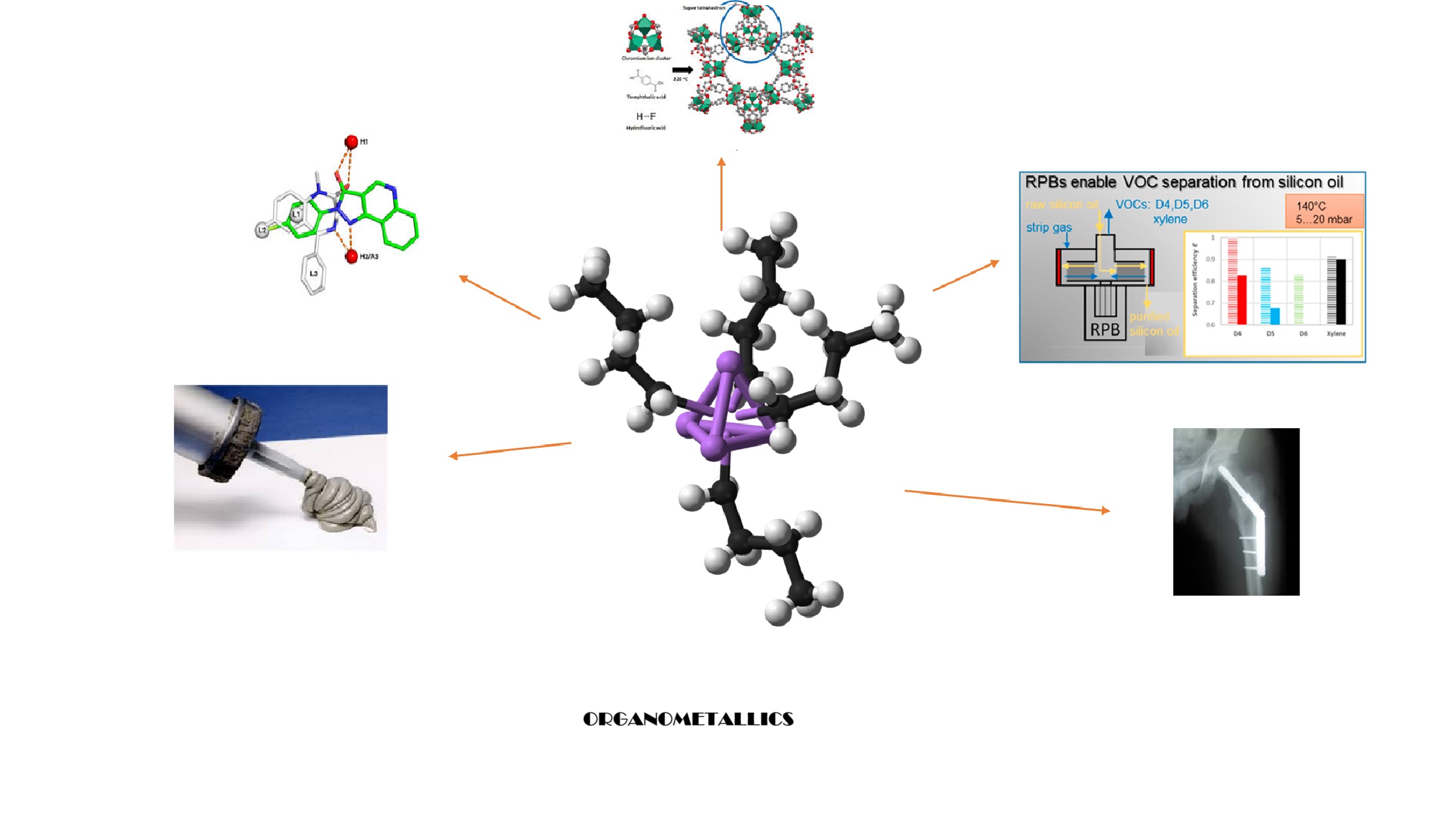Thu, Jun 26, 2025
[Archive]
Volume 22, Issue 2 (JUNE 2025)
IJMSE 2025, 22(2): 135-154 |
Back to browse issues page
Download citation:
BibTeX | RIS | EndNote | Medlars | ProCite | Reference Manager | RefWorks
Send citation to:



BibTeX | RIS | EndNote | Medlars | ProCite | Reference Manager | RefWorks
Send citation to:
Tripathy D, Kushwaha A, Singh S, Dwivedi S, Gupta A, Prasad L et al . Landscape on Organosilicon Compounds: Structure, Bonding and Applications. IJMSE 2025; 22 (2) :135-154
URL: http://ijmse.iust.ac.ir/article-1-3663-en.html
URL: http://ijmse.iust.ac.ir/article-1-3663-en.html
Divya Tripathy 
 , Anita Kushwaha
, Anita Kushwaha 
 , Smrita Singh
, Smrita Singh 
 , Smriti Dwivedi
, Smriti Dwivedi 
 , Anjali Gupta
, Anjali Gupta 
 , Lalit Prasad
, Lalit Prasad 
 , Ashutosh Chauhan
, Ashutosh Chauhan 


 , Anita Kushwaha
, Anita Kushwaha 
 , Smrita Singh
, Smrita Singh 
 , Smriti Dwivedi
, Smriti Dwivedi 
 , Anjali Gupta
, Anjali Gupta 
 , Lalit Prasad
, Lalit Prasad 
 , Ashutosh Chauhan
, Ashutosh Chauhan 

Abstract: (3956 Views)
Organosilicon compounds represent a fascinating class of molecules with diverse structures, unique bonding characteristics, and wide-ranging applications across various fields. The structural diversity of organosilicon compounds arises from the versatility of silicon, which can form a variety of chemical bonds, including single, double, and triple bonds with carbon, as well as bonds with other heteroatoms such as oxygen, nitrogen, and sulfur. This diversity enables the synthesis of an extensive range of organosilicon molecules, including silanes, siloxanes, silanols, silazanes, and silsesquioxanes, among others. The unique properties of these compounds, such as thermal stability, chemical inertness, and flexibility, make them valuable building blocks for the design of advanced materials.Organosilicon compounds find applications in diverse fields, including materials science, pharmaceuticals, electronics, and agriculture. In materials science, they are used as coatings, adhesives, sealants, and modifiers to impart desirable properties such as water repellency, thermal resistance, and biocompatibility. In the pharmaceutical industry, organosilicon compounds serve as drug delivery agents, imaging agents, and synthetic intermediates due to their biocompatibility and tunable properties. In electronics, they are employed as dielectric materials, insulators, and encapsulants in semiconductor devices. Current review aims to unlock new opportunities for the development of innovative materials and technologies with enhanced performance and functionality.
Type of Study: Review Paper |
Subject:
Ceramic Materials and Engineering
Send email to the article author
| Rights and permissions | |
 |
This work is licensed under a Creative Commons Attribution-NonCommercial 4.0 International License. |






